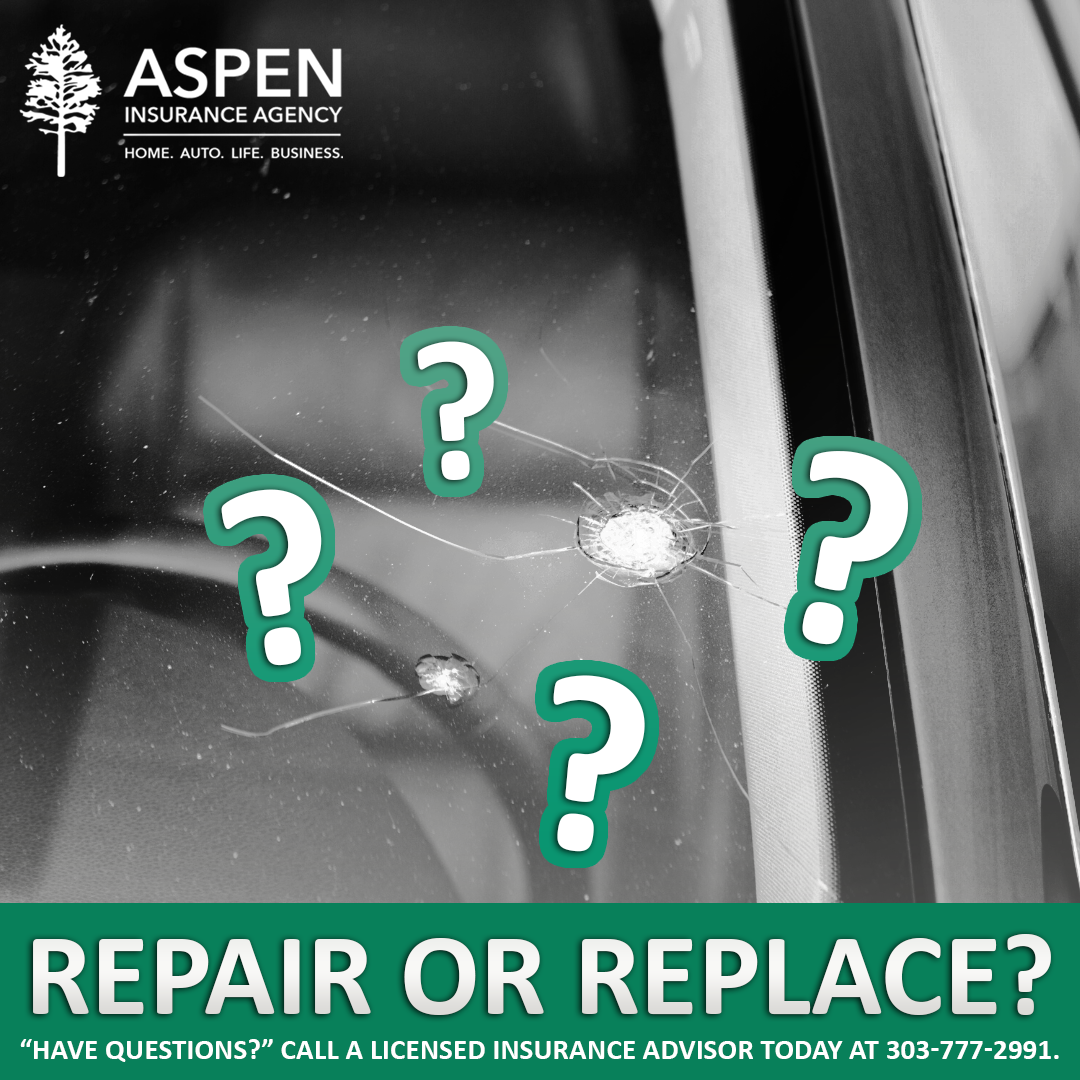
Auto windshield repairs are the number one auto insurance claim in the United States representing 30% of all auto claims. 70-80% of those claims are for “edge cracks”: cracks affecting the initial two inches of the windshield perimeter. As windshields are made of multiple fused together layers of glass (“annealed”), windshields may have a manufacturing defect known as “residual stresses”, created during the annealing process.
Not surprisingly, the major cause of windshield damage is flying rocks, creating windshield chips. Gravel is everywhere on the road, and cars and trucks traveling on the highway can kick rocks up. Rocks traveling at a high rate of speed meeting your windshield while you are also traveling at a high rate of speed can chip the top liner or carry through into both the outer and inside glass, causing cracks. Semi-trucks and construction vehicles carrying gravel are the two largest causes of airborne rock debris.
Which prompts questions for auto owners. If my windshield is damaged:
- Should I replace the windshield?
- Should I have my windshield repaired?
- Can I just leave the crack alone?
- If I do repair or replace the windshield, can I claim the repair on my insurance?
Repair? or Replace?
Federal law holds that cracks and chips smaller than 3/4 of an inch are permitted if they’re three inches or farther from other chips or cracks and, are not located within the driver’s view. While most police officers probably won’t stop you specifically because of a cracked windshield (which is not to say they absolutely won’t), there is the possibility of a second violation added onto another ticket.
Even if the chip or crack is located out of the drivers’ view, you may not be safe from receiving a traffic ticket. States carry their own specific laws: for example, the state of Illinois prohibits anything that obscures the view through the windshield or impedes the function of windshield wipers.
Recognize that small chips or cracks could easily grow into long cracks. Normally, a crack shorter than six inches and chips or dings fitting under a credit card can all be repaired. Cracks longer than twelve inches may require a windshield replacement, although some manufacturers have developed compounds successfully repairing cracks up to twenty-four inches in length. Repairs should be done as soon as possible to prevent cracks from getting worse.
Replacing the Windshield
Windshields are an indispensable component contributing 70% of the structural integrity and safety of a vehicle’s passenger compartment. Consumers should be cautious as a replacement may not match the structural support of the original installation, resulting in injuries and fatalities.
According to a report by ABC’s 20/20, 75% of windshield installations are done incorrectly, because of the lack of industry regulations and requirements:
- Glass installers do NOT have to be licensed to be in business.
- Anyone can legally install auto glass regardless of knowledge or training.
- Some companies use inferior products or cut corners to save money.
All of which could lead to costly and fatal consequences:
- Roof Cave in During a Roll-Over Accident: As the windshield supports the structural integrity of the vehicle during a rollover accident, if the windshield doesn’t stay in place, the roof will collapse.
- Airbags Not Working: Your car’s airbags bounce off the windshield when deployed. If the windshield was improperly installed, it can cause the airbags to blow the windshield out of the vehicle instead of bouncing off it, increasing the driver’s danger.
This is not to say, the windshield should never be replaced. There are times the windshield damage is severe enough the windshield must be replaced. If you must replace your windshield, find a reputable installer who uses quality materials and employs trained and experienced installers.
When a windshield is replaced, expect to be able to drive within an hour. However, it may take 8-24 hours for the adhesive to fully dry, meaning 8 – 24 hours before the windshield is fully set and will not pop off in the event of an accident.
Can I Repair My Windshield?
Windshields should be repaired when:
- The glass is tempered, not laminated.
- The crack is longer than a dollar bill.
- The crack or chip is deep enough that it goes more than halfway into the windshield.
- The crack or chip extends to the outside edge of the windshield.
Windshields should be repaired as soon as is practical as a small chip can spread across the windshield upon hitting a big pothole, or when driving on a bumpy road, or if making an aggressive turn. In several states, it is illegal to drive a car with a cracked windshield.
Originally, damaged windshields had to be replaced, which became quite expensive. As the technology evolved to repair windshields, insurance companies chose to cover the full cost of repair, as it was much cheaper than replacing the windshield. Repairing is also desirable because it maintains the original factory installation (and structural integrity) of the windshield. Repairing also helps the environment by reducing trash.
You may wonder which is safer: repairing or replacing? In the 30-year history of windshield repair, there has never been an injury or lawsuit from a windshield repair. There has been a number of injuries and deaths caused by windshield replacements.
How Much Does It Cost to Repair a Windshield?
Repairing typically costs about $50 for the first chip, plus about $10-$15 per additional chip. Cracks are more expensive to repair. Depending on the length, a crack could cost up to $100-$150. Replacing a windshield is significantly more expensive; the average price is commonly around $400 and can be well over $1,000 if an OEM windshield is used.
When looking for repairs, always get multiple bids and use reputable installers. We also recommend:
- Look for companies affiliated with the Auto Glass Safety Council.
- Ask what kind of warranty covers the work.
- Get more than one written estimate when you’re looking for a repair company.
- Pay only once the work has been completed.
How Does My Car Insurance Help?
Normally, cracks in windshields are covered under the Comprehensive section of your car insurance policy. Not all policies include comprehensive coverage, so you do want to confirm your coverage. Also, the cost of repair may not be covered by your deductible (the normal deductible amount being $500). However, some states require no deductible (in which case you pay nothing), and others have lower deductibles.
Some insurance companies encourage motorists to repair rather than replace windshields by covering the full cost of repair (far cheaper for the insurance company than paying for replacement). If the windshield does need to be replaced, be advised you can open a claim, and you will be subject to paying your deductible.
Always feel free to speak with your Aspen Insurance advisors for expert advice on handling windshield problems.
Aspen Insurance Agency is in Denver, CO, and services clients nationwide. We are a family-run business working with multiple insurance carriers to offer our customers the coverage they need at the lowest possible cost. We offer a wide range of personal, commercial, and professional insurance to residential and commercial customers enabling the cheapest rates available. Call to speak to one of our insurance advisors and see how painless insurance shopping can be.

























































